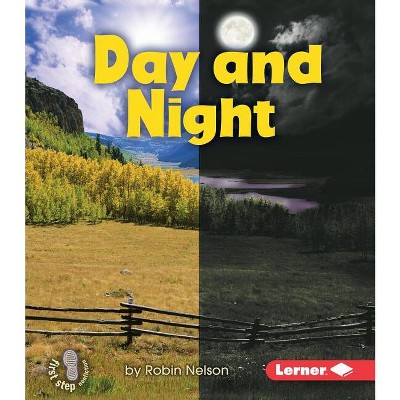Sponsored

Earth Cycles - by David Oldroyd (Hardcover)
In Stock
Sponsored
About this item
Highlights
- Humans have tried to figure out what formed the landscape of the earth for thousands of years.
- About the Author: David Oldroyd is Honorary Visiting Professor in the School of History and Philosophy of Science at the University of New South Wales and was Secretary-General of the International Commission on the History of Geological Sciences for eight years.
- 256 Pages
- Science, Earth Sciences
Description
About the Book
Humans have tried to figure out what formed the landscape of the earth for thousands of years. How were mountains created? Where did lakes and rivers come from? What lies under the surface of the earth? And one concept that greatly aided the scientific advance of the earth sciences was that of geological cycles. Once scientists understood that many geological actions are cyclic, the scientific knowledge of the earth exploded. These ideas are central to the nature of the earth sciences, and appreciating how scientists arrived at these ideas is essential for understanding the nature of the earth sciences.
Earth Cycles: A Historical Perspective, a volume in the Greenwood Guides to Great Ideas in Science, traces the history of this tremendously powerful concept from the ancient philosophers to the present day.
The volume covers:
Ancient beliefs about the nature of the earth and the myth of the Eternal Return.
James Hutton, Charles Lyell, and the other founders of the science of geology, who based the history of the earth on the notion that there is no vestige of a beginning, no prospect of an end.
Theories about the cycles of volcanic eruptions.
The history of the recurrence of ice ages.
The idea of the recurrence of catastrophic episodes in earth history due to interaction with objects in space.
Jargon and mathematics is kept to a minimum, and the volume includes a timeline, a glossary, and a bibliography, making Earth Cycles an ideal resource for students researching the earth sciences and the history and nature of the scientific understanding of the world around us.
Book Synopsis
Humans have tried to figure out what formed the landscape of the earth for thousands of years. How were mountains created? Where did lakes and rivers come from? What lies under the surface of the earth? And one concept that greatly aided the scientific advance of the earth sciences was that of geological cycles. Once scientists understood that many geological actions are cyclic, the scientific knowledge of the earth exploded. These ideas are central to the nature of the earth sciences, and appreciating how scientists arrived at these ideas is essential for understanding the nature of the earth sciences.Review Quotes
"The book examines the historical and theoretical contexts for the development of cyclic theories in the geosciences (chapters 1-6); the practical utilization of cyclic theories in the geosciences, namely, geophysics, geochemistry, structural geology, soil science, oceanography/hydrology, glaciology, and the atmospheric sciences (chapters 7-13); and the summarization and meta-theoretical discussion of the centrality of cyclicity in the geosciences (chapter 14)....[p]rovides an apt introduction and overview of cyclic theories and cyclicity in geoscience. List of illustrations; time line; international stratigraphic chart; glossary; further reading list. Recommended. General readers; lower-division undergraduates through professionals." --Choice
"For high school and college students and the general reader, Oldroyd outlines the history of cyclic theories in geoscience, beginning with the ancient world and the Renaissance. He then details the ideas of Robert Hooke, James Hutton, and Charles Lyell, and the historical development of concepts involving the Earth's landscape, the solar system, glaciation, cycles in the strata, sequence stratigraphy and eustasy, the geomagnetic time scale, and geochemical cycling." --SciTech Book NewsAbout the Author
David Oldroyd is Honorary Visiting Professor in the School of History and Philosophy of Science at the University of New South Wales and was Secretary-General of the International Commission on the History of Geological Sciences for eight years. A recipient of awards for his historical work from the Geological Society of London, the Geological Society of America, and the Australian Commonwealth, he is the author of numerous articles and several books, including (in the geosciences): The Highlands Controversy: Constructing Geological Knowledge through Fieldwork in Nineteenth-century Britain, Sciences of the Earth: Studies in the History of Mineralogy and Geology, Thinking about the Earth: A History of Ideas in Geology, Earth, Water, Ice and Fire: Two Hundred Years of Geological Research in the English Lake District, and (with Jan Kozak and Victor Moreira) The Iconography of the Lisbon Earthquake.Shipping details
Return details
Frequently bought together

Trending Non-Fiction
















